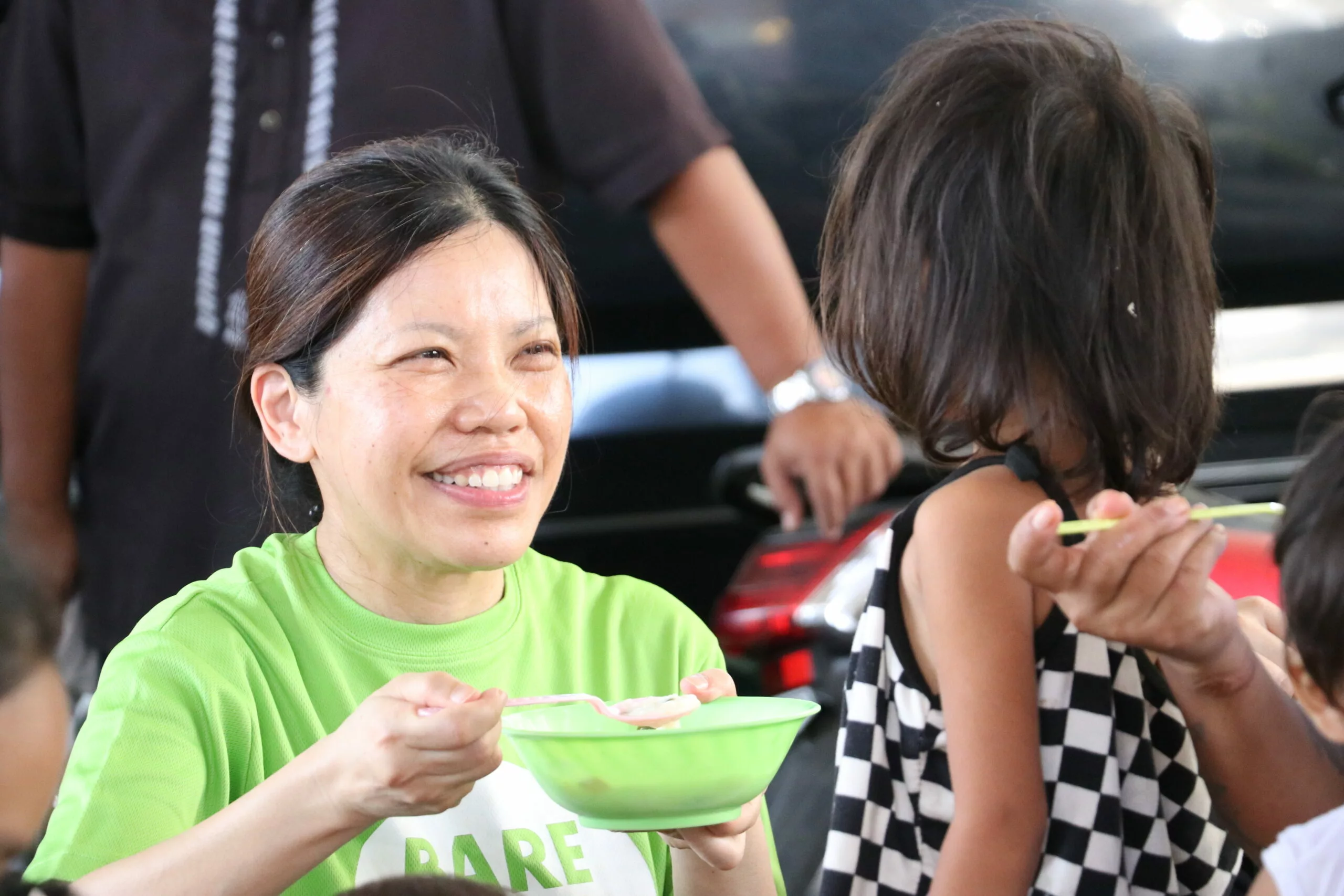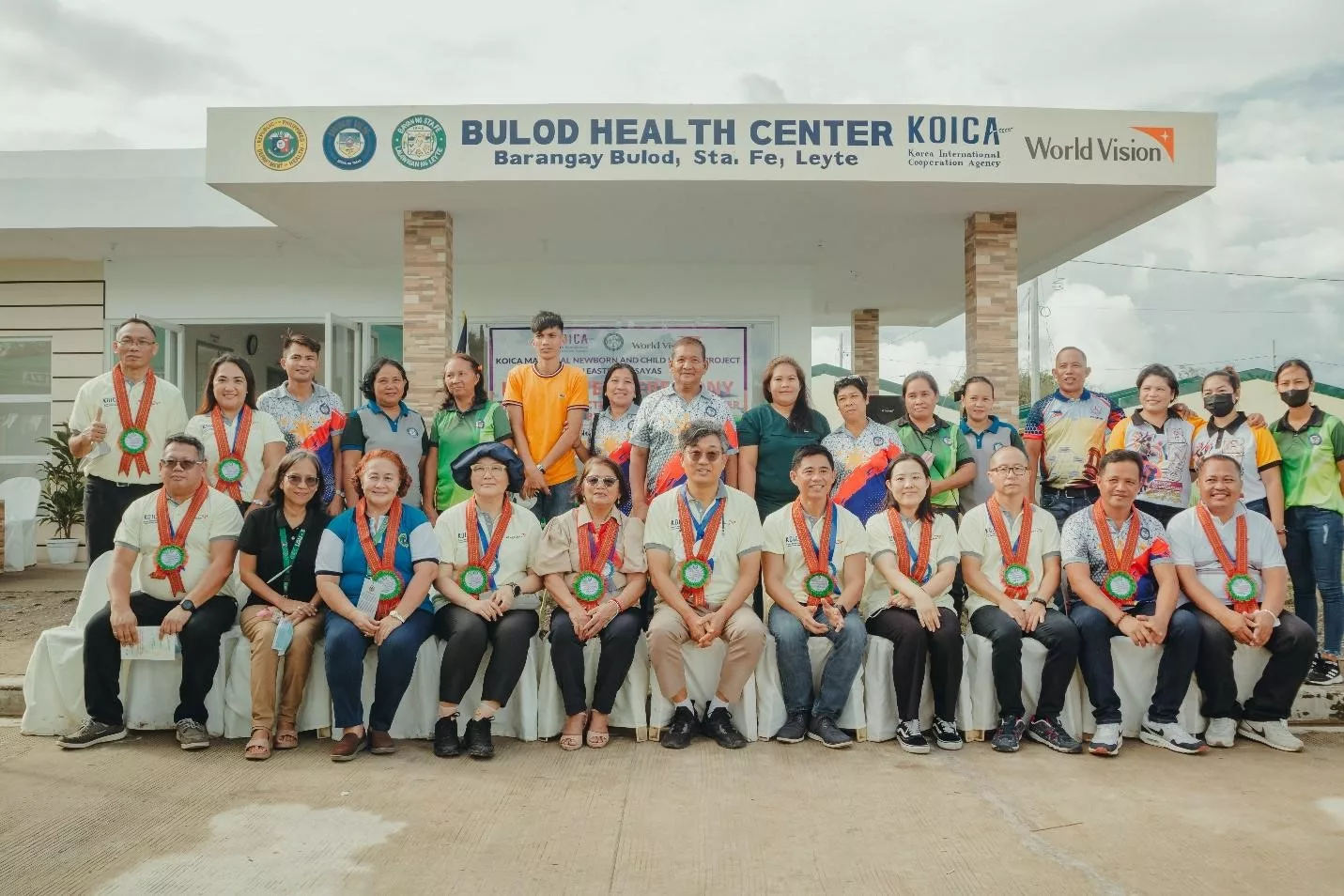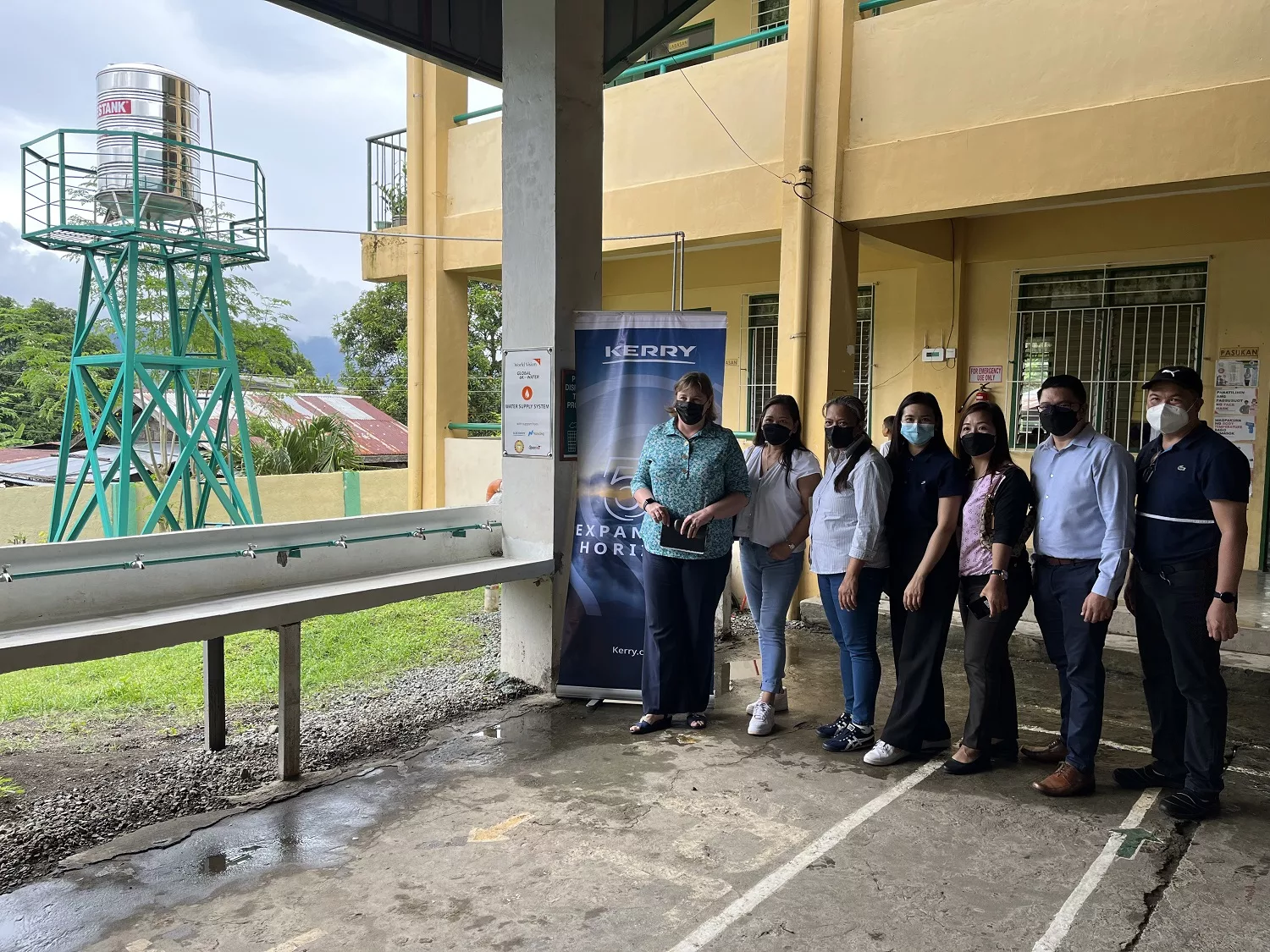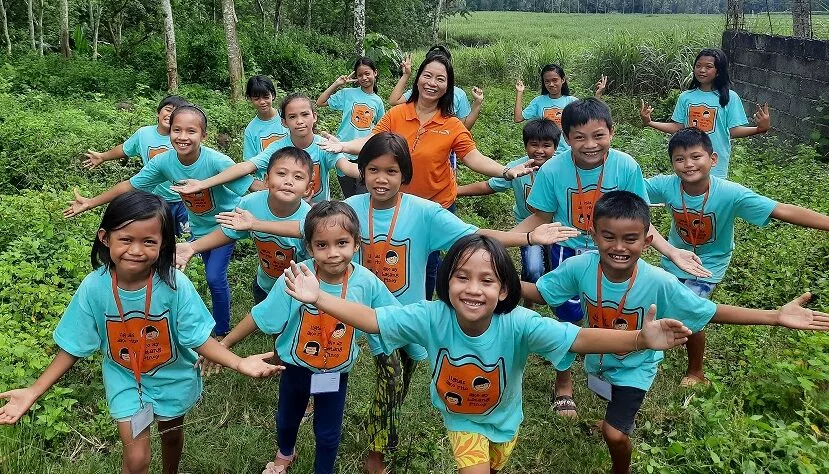Child saved from malnutrition after attending nutrition classes
On a narrow pavement in an urban community in Mandaue City, Cebu, five-year-old NPJ happily plays with his siblings. Hearing that his mother, together with their visitors, is going to the community garden, the boy runs ahead and excitedly leads everyone to their area.
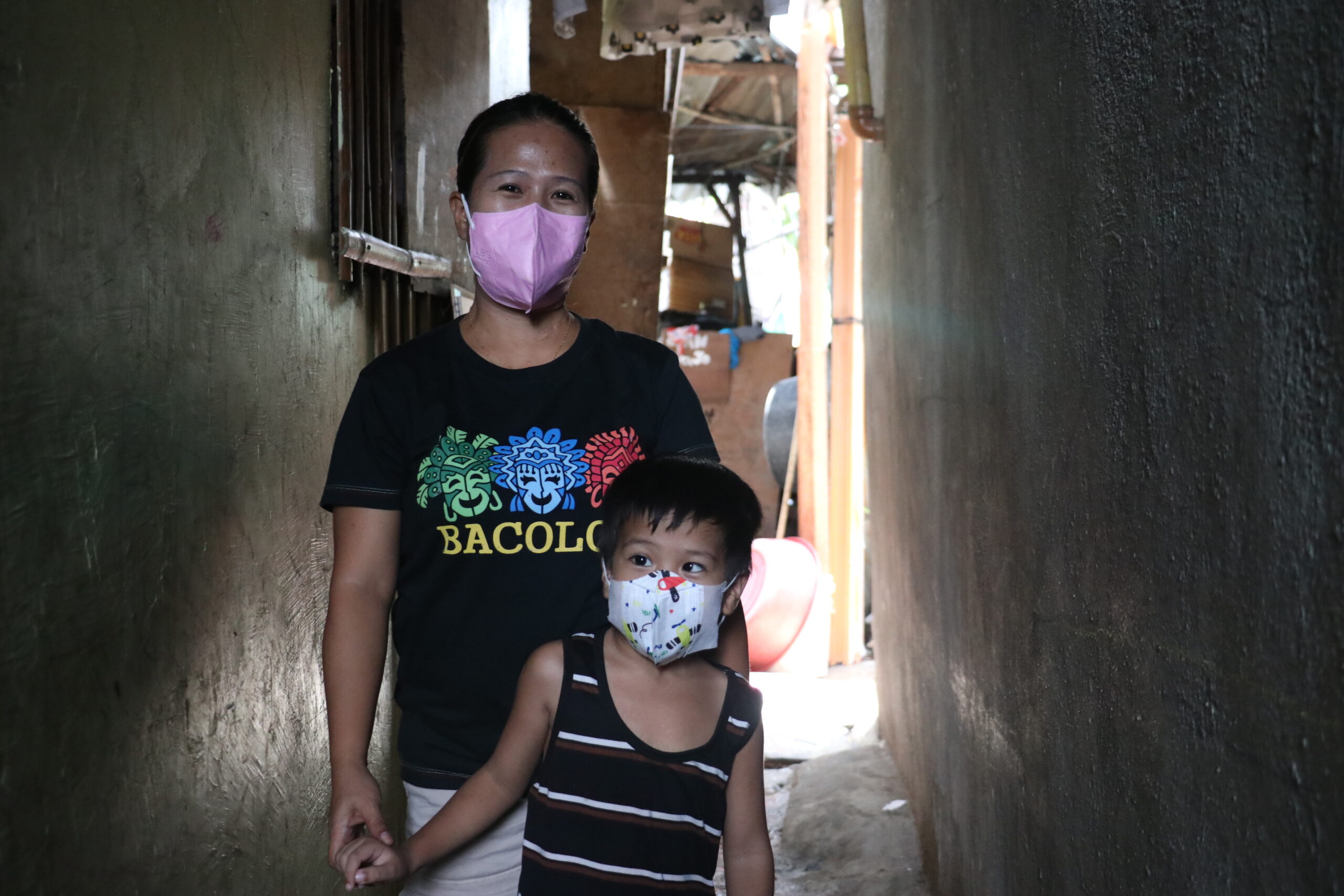
NPJ is the seventh among nine children. His mother is a housewife and his father works as a delivery driver for a local hardware shop.
“My husband used to drive a tricycle. When the pandemic started, we forgo the tricycle because we could no longer pay its monthly instalment,” says Anabel, NPJ’s mother.
Feeding the big family is a challenge for NPJ’s parents, especially in an environment where healthy food seems too expensive.
“Food prices have gone high, our family don’t get to eat fresh foods anymore, we can’t even afford to cook souped food,” Anabel complains.
In January 2022, NPJ was found to be underweight for a child his age. He weighed only 12kg at the time.
“He also just doesn’t really like vegetables, he prefers instant foods like noodles and canned goods,” Anabel explains.
NPJ also has asthma which—according to Anabel—is often triggered by the poor unsanitary conditions of their environment. “When he has asthma attacks, he loses his appetite to eat.”
With aids usually concentrated in rural areas, World Vision also recognizes the challenges faced by urban communities. Through the Urban Development Project (UDP), World Vision strives to respond to urban issues like malnutrition.
Parents and guardians who participated in the health and nutrition program were provided with lessons on healthy meal preparation and hygienic practices.
Anabel was enrolled in World Vision’s nutrition classes where she learned low-cost but nutritious food meals for NPJ. The meals, cooked by health workers and parents, were given to malnourished children everyday for two weeks.
“My son enjoyed all the foods served during the feeding sessions. Everyday he gets to eat various appetizing healthy foods and refreshments,” Anabel shares.
NPJ’s health began to get better and just within 30 days into the program, he gained 900 grams. With the continuous healthy habits at home, NPJ is now within his normal weight.
“I also learned to prepare nutritious and appetizing meals when I joined the nutrition program. NPJ started liking tinolang manok (a Filipino chicken soup consisting of chicken and vegetables) and other dishes that are good for his health,” she adds.
Children enroled in nutrition classes are regularly monitored even after the classes. Anabel and NPJ were subsequently visited by their community health workers to check if the child was eating properly.
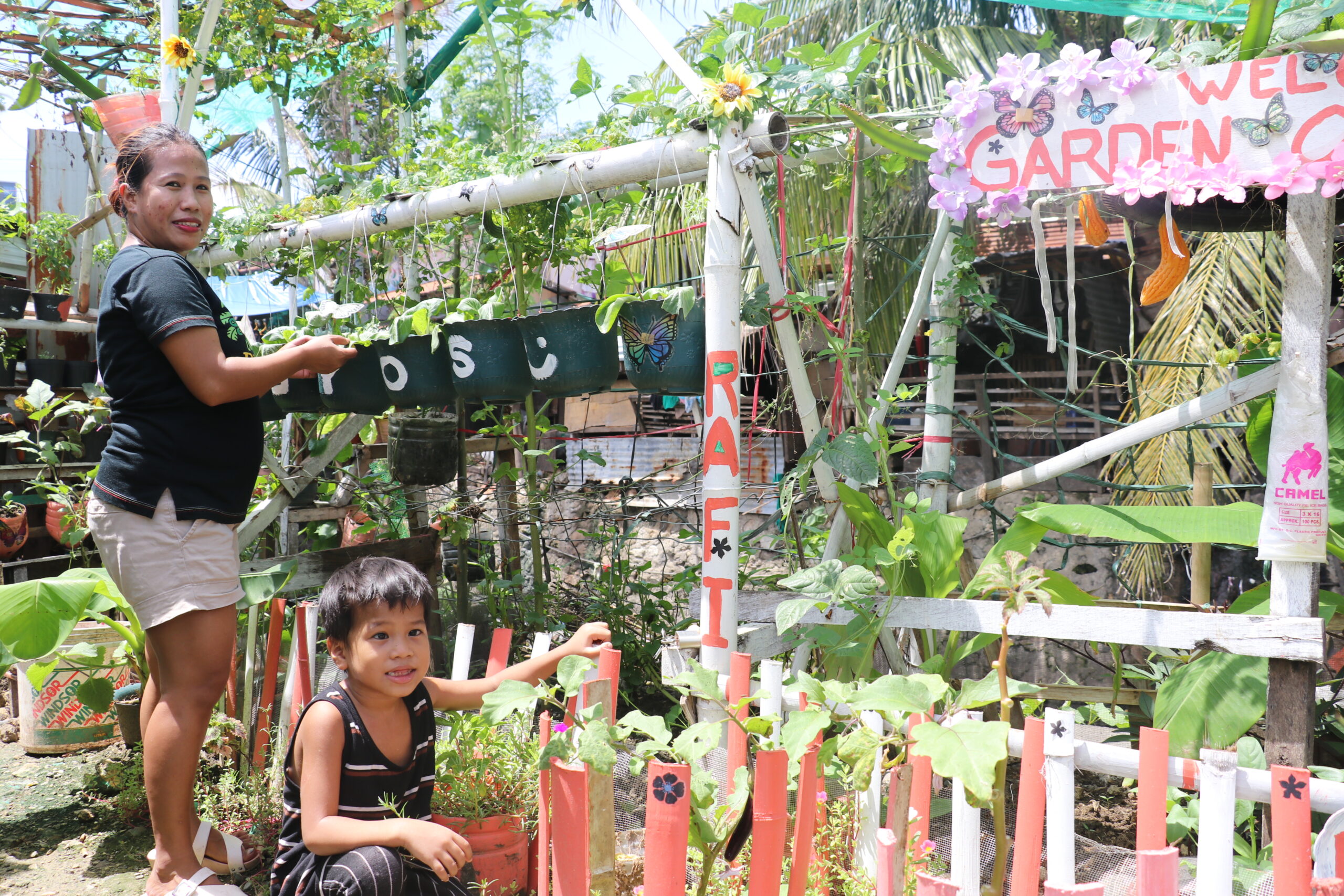
Livelihood assistance such as provision of rice and vegetable seeds and kits is also given to families with malnourished children.
Anabel’s group recently had abundant harvests that they were able to sell some of their vegetables and use their income for other family needs.
“We were not only just able to save money because we don’t have to buy from the market anymore, but we were also able to earn from it,” she says, referring to their community garden.
“I was really glad when World Vision arrived in our community. The health program was really helpful not just to NPJ’s health, but to the whole family,” says Anabel.



